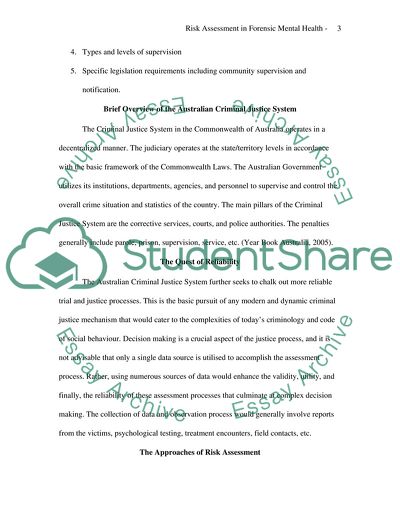Cite this document
(Risk Assessment in Forensic Mental Health Coursework, n.d.)
Risk Assessment in Forensic Mental Health Coursework. https://studentshare.org/law/1736120-risk-assessment-in-forensic-mental-health
Risk Assessment in Forensic Mental Health Coursework. https://studentshare.org/law/1736120-risk-assessment-in-forensic-mental-health
(Risk Assessment in Forensic Mental Health Coursework)
Risk Assessment in Forensic Mental Health Coursework. https://studentshare.org/law/1736120-risk-assessment-in-forensic-mental-health.
Risk Assessment in Forensic Mental Health Coursework. https://studentshare.org/law/1736120-risk-assessment-in-forensic-mental-health.
“Risk Assessment in Forensic Mental Health Coursework”. https://studentshare.org/law/1736120-risk-assessment-in-forensic-mental-health.


